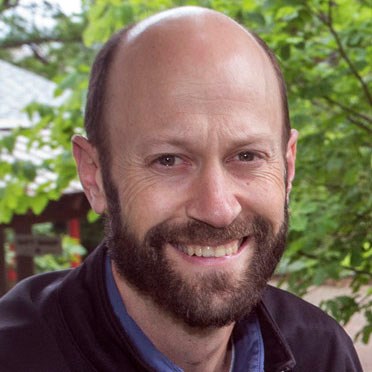Contact
Department of Landscape Architecture, Planning and Management

Ishi Buffam is one of the five new associate professors at SLU’s LTV faculty. His research topic is ecosystem ecology and has for the last decade focused on the ecosystems in green roofs.
I am a senior lecturer at the Department of landscape architecture, planning and management. I developed most of my early research in the field of Ecosystem Ecology, studying the way biologically important elements, especially carbon and nitrogen, are cycled between forested landscapes, wetlands, streams and lakes. Over time, I grew an interest in urban environments and a drive to carry out research that would help improve urban design and quality of life. To this end, over the past decade, I have studied green roof ecosystems in cities. I am particularly interested in how the design of these ecosystems - including the plant community and soil characteristics - influences nutrient cycling dynamics within the roof ecosystem and in the water flowing through the system.
One aspect that I find particularly exciting is the intersection between the planned and unplanned components of ecosystems in the urban landscape. On green roofs for instance, within a few years after installation, the roofs often have many volunteer plant species, sometimes called weeds, and a layer of mosses and lichens tends to form over time. Although they were not part of the original intended vegetation mix, these weeds, mosses and lichens become an important part of the ecosystem as it ages. In fact, our recent research suggests that older green roofs can be as good – or even better - at providing much-needed ecosystem services like water and nutrient retention, or habitat for biodiversity. This occurs in spite of the fact that they may look quite different and have a very different plant community than when first established.
With the increasing implementation of green roofs in many cities, there is a lot of interest and curiosity about the topic. People often ask me if they should build a green roof, or in general if green roofs are a good thing. I try to emphasize that my focus is understanding how these ecosystems work, rather than promoting or advocating for one solution or another. At the same time, as a researcher, no matter what you study, it is hard not to become attached to your study subject!
I do underline that the utility of green roofs is situation-dependent - they make the most sense in dense urban areas, where space on the ground is limited and expensive; and they cannot fully replace ground-level ecosystems. However, when they are thoughtfully suited to the local place and needs, they can indeed be an excellent way to create a novel, functioning ecosystem with multiple functions and benefits where before there was only a simple roof.